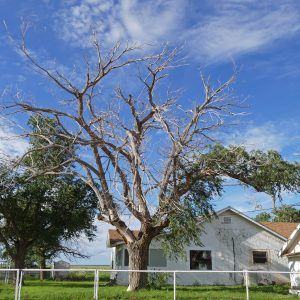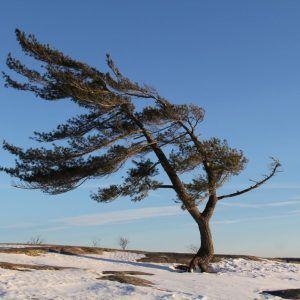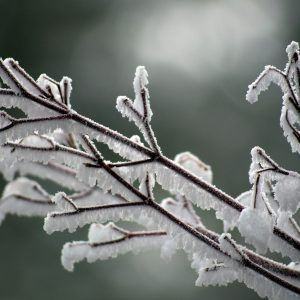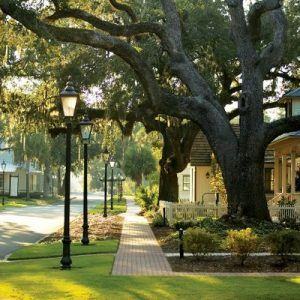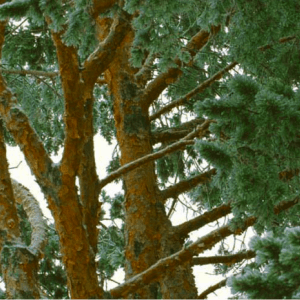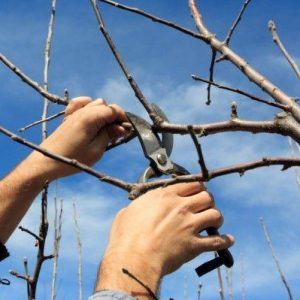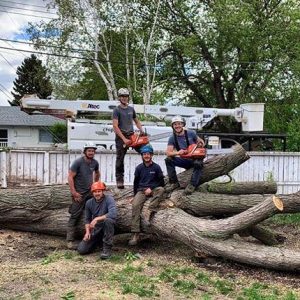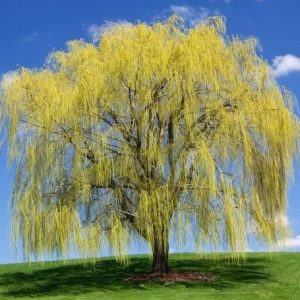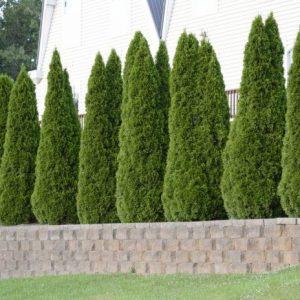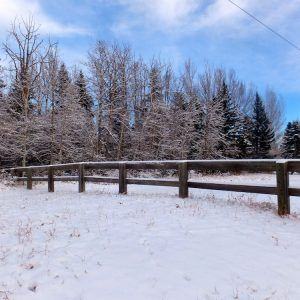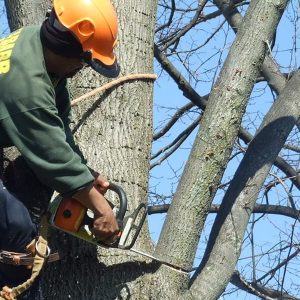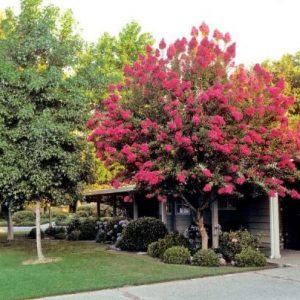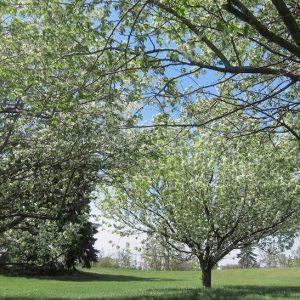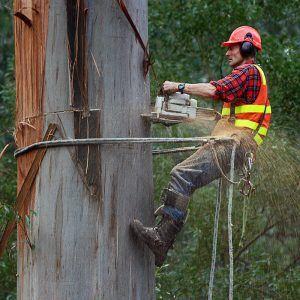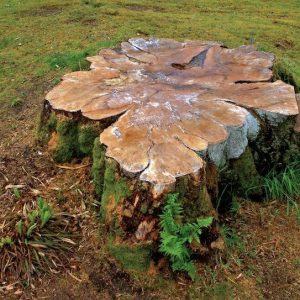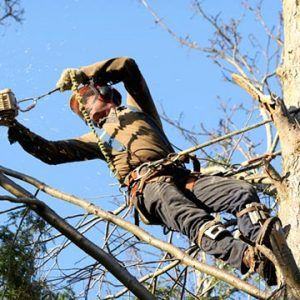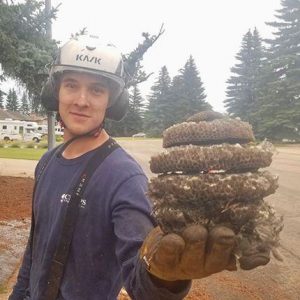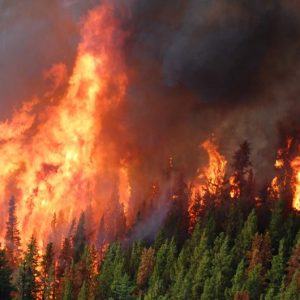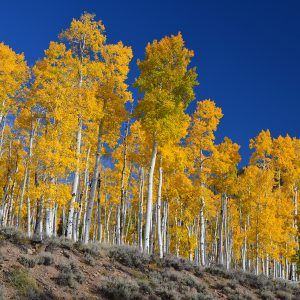In our seventh piece on potential dangers to the beautiful trees of Alberta here at the Chipps Tree Care blog, we’ll be looking at a disease that targets species in forests as well as urban parks and yards, placing it near the top of Edmonton arboreal threats.
Black Knot disease, which is caused by the fungus Apiosporina morbosa, is very common in Alberta, and a recent agricultural survey revealed significant and widespread distribution of Black Knot in commercial, municipal, private and natural plantings. Black Knot is dangerous if it is left untreated not only because it reduces the aesthetic value of affected specimens, but also because, as infections spread rapidly, high levels may result in the eventual death of the plant.

Initially appearing as a small, olive-green gall or swelling that develops at a succulent growing point or fruit spur (as a result of spores landing and infection taking place), this large, black swelling will grow over two or three years until it forms its eponymous black knotty shape. The mature galls are hard, black and range in size from 10 to 15 cm. (4 to 6 inches) and may appear galled or ruptured in places. Mature galls will produce and release a vast amount of spores during the bloom period, resulting in a rapid increase in infections. The ambitious and rampant fungus continues to grow internally and externally, with the branch eventually becoming girdled until it finally dies.
This disease is particularly dangerous for homeowners in major urban areas, as a single affected tree can quickly spread spores to nearby plants creating a rampant epidemic. It is not unheard of for the gall to completely encircle and girdle a branch, which makes it all the more difficult for the plant to fight off the fungus on its own. When this happens, the leaves beyond the gall wilt and die and in certain cases, the branch and the gall die after spores are released in early spring. If the branch lives, the knot becomes perennial and continues to grow year after year, producing new spores every spring. Although the black knot fungus will not cause trunk decay itself, the cracks formed by a trunk infection can provide an entry point for other wood rotting fungi, which makes Black Knot a gateway disease which can invite other secondary problems.
To combat the fungus, there are very few options available that don’t risk further damage to the tree, which is why it is imperative to contact a professional here at Chipps Tree Care to perform an on-site assessment and start the control and removal procedures immediately before the trouble gets out of hand. Our ISA-certified arborists can be on-site in the blink of an eye to remove any and all sources of inoculum in order to prevent the buildup of additional fungus. They can also prune out all knot-bearing branches during late fall and winter or very when plants are dormant and the black knots are easiest to see, helping canopy ventilation and overall tree health. A certified arborist from Chipps Tree Care can also help destroy the compromised wood to avoid further contamination.
Finally, our arborists can professionally apply Fungicides to protect young or highly susceptible trees from further infection as a preventative measure. Our technicians will apply necessary chemicals in early spring to protect young green shoots when flower buds are just beginning to open. Repeat sprays at weekly intervals until shoots mature or weather is consistently warm and dry will be the final step to eliminating this fungal problem.
If you suspect a Black Knot infestation or notice any warning signs, contact us for immediate service and nip this problem in the proverbial bud.



